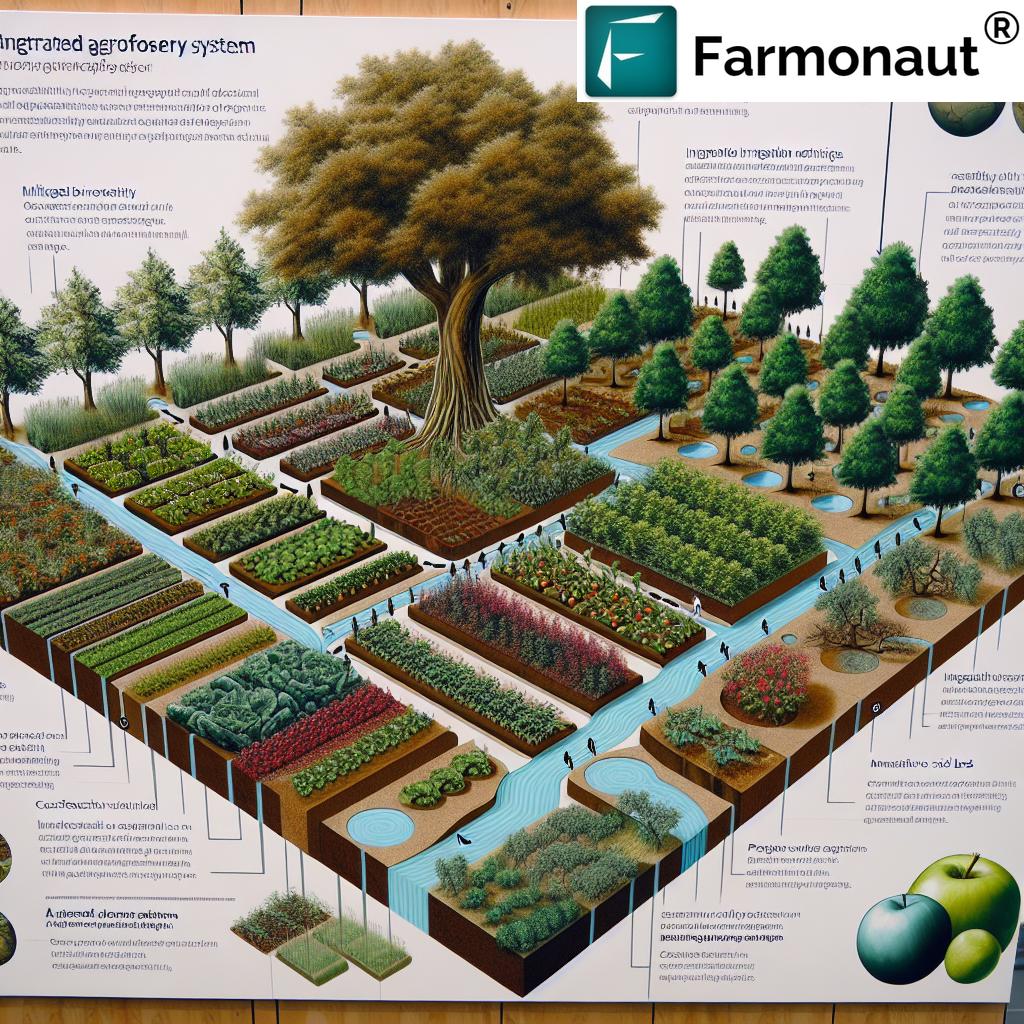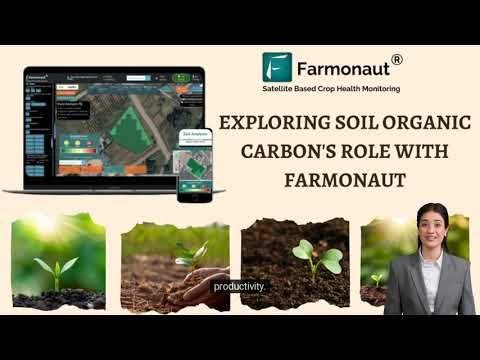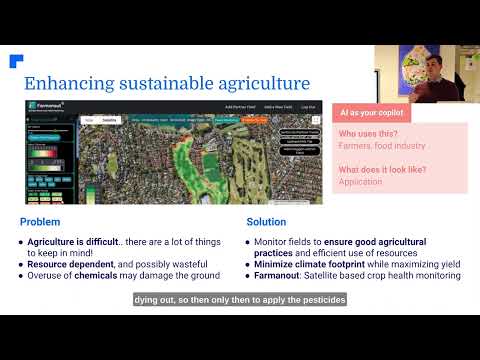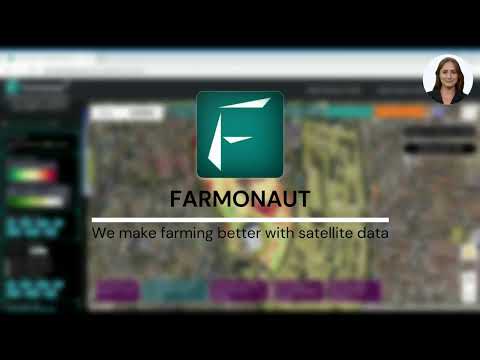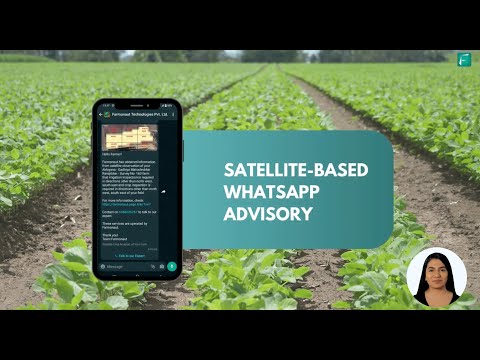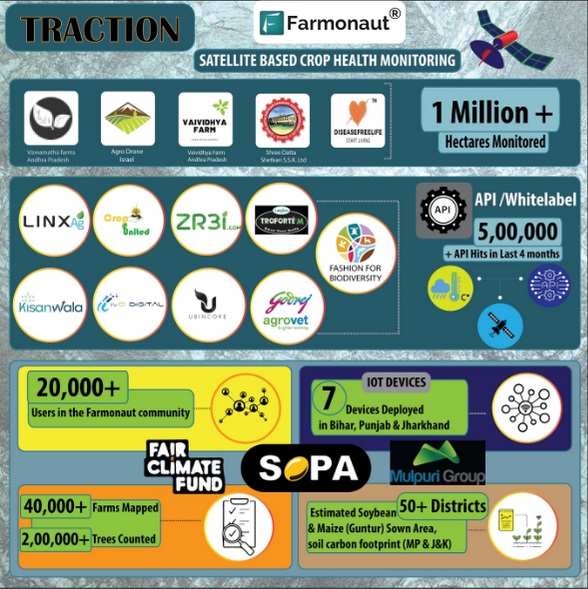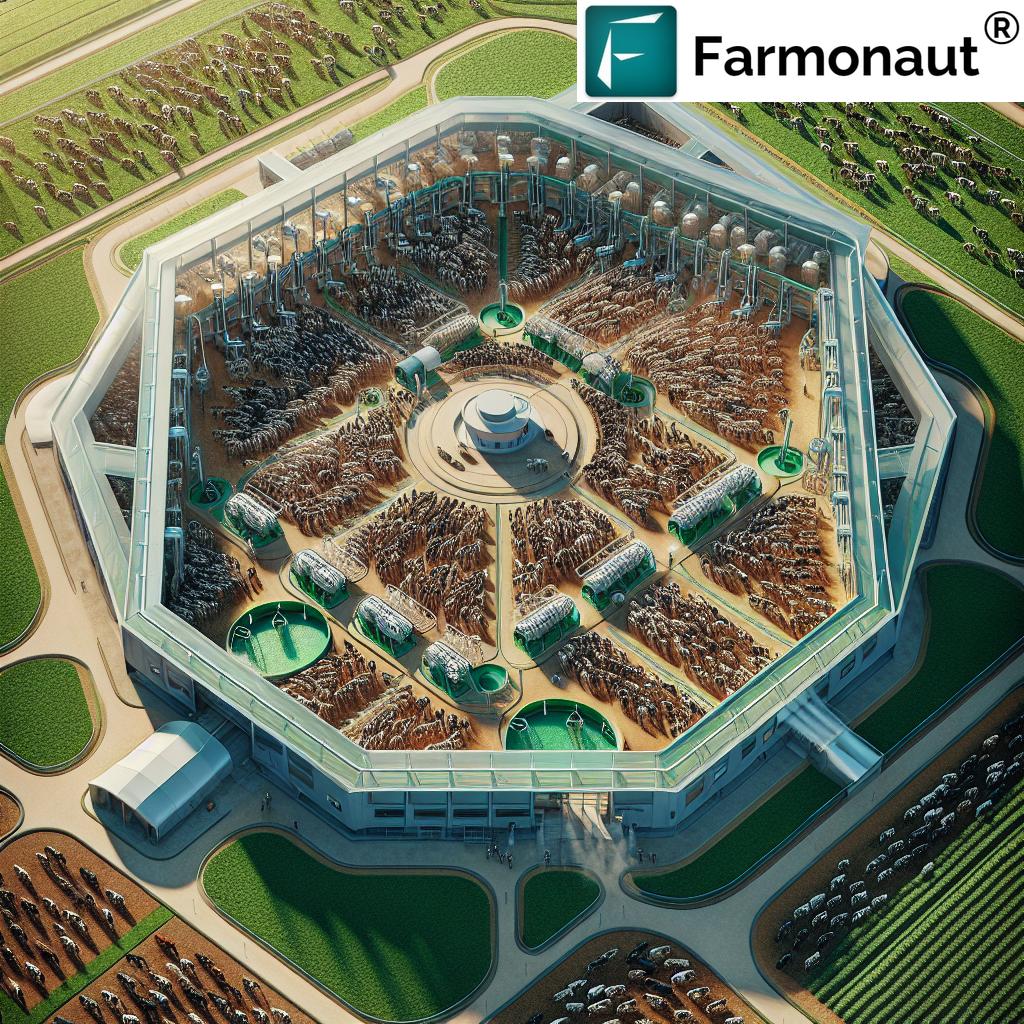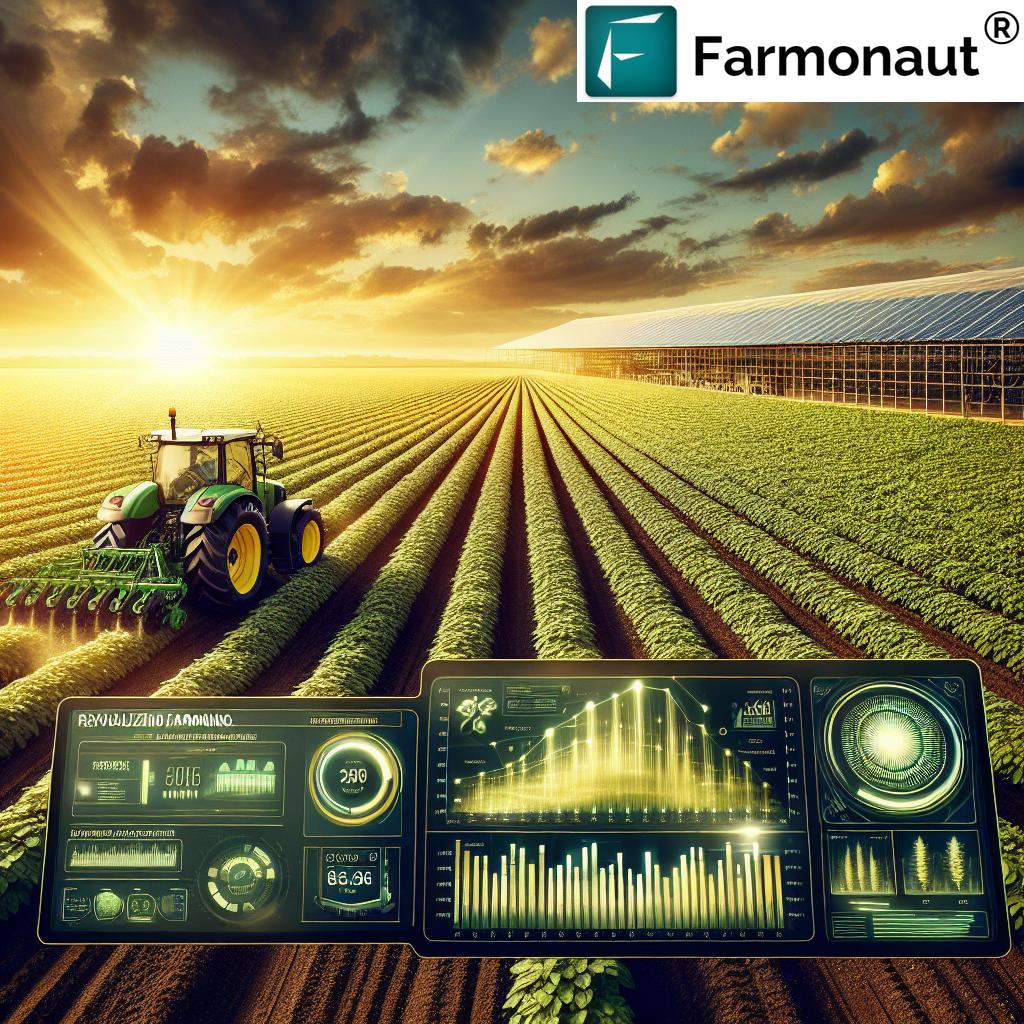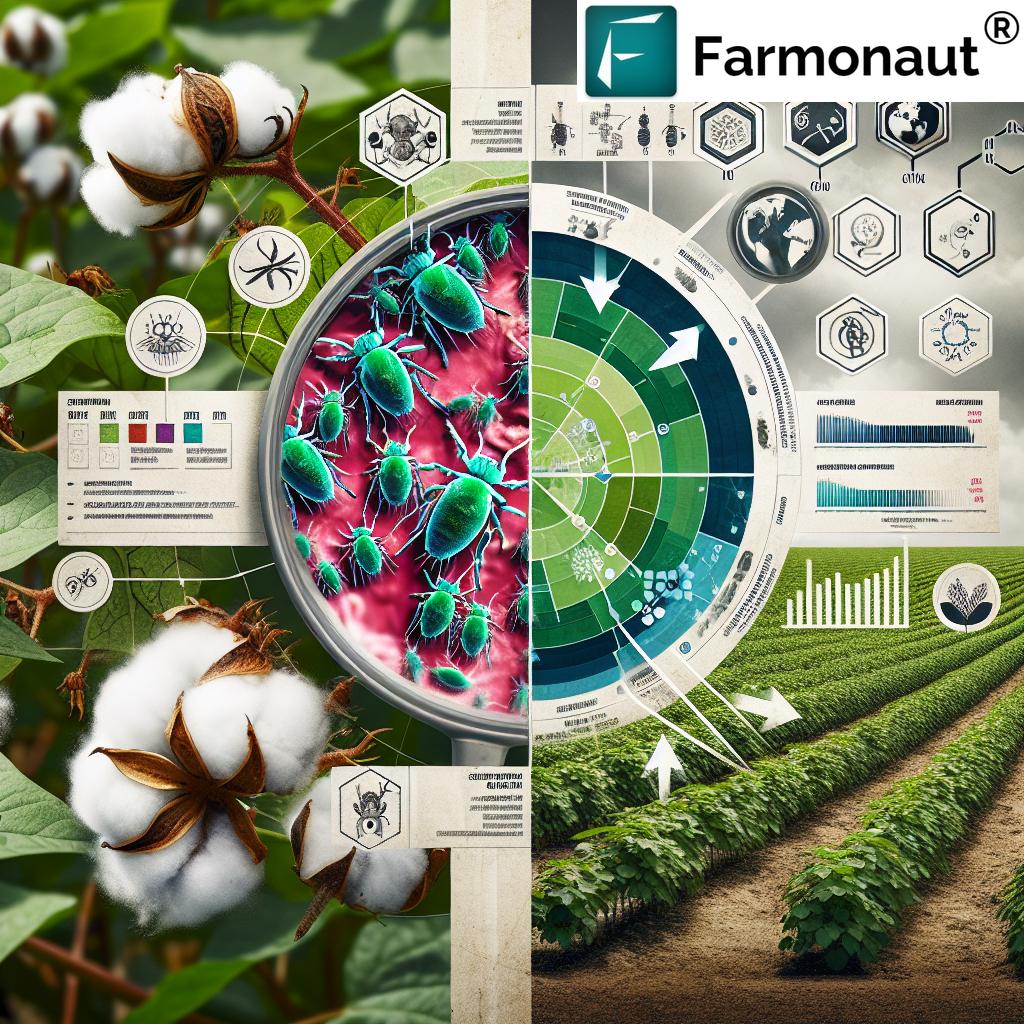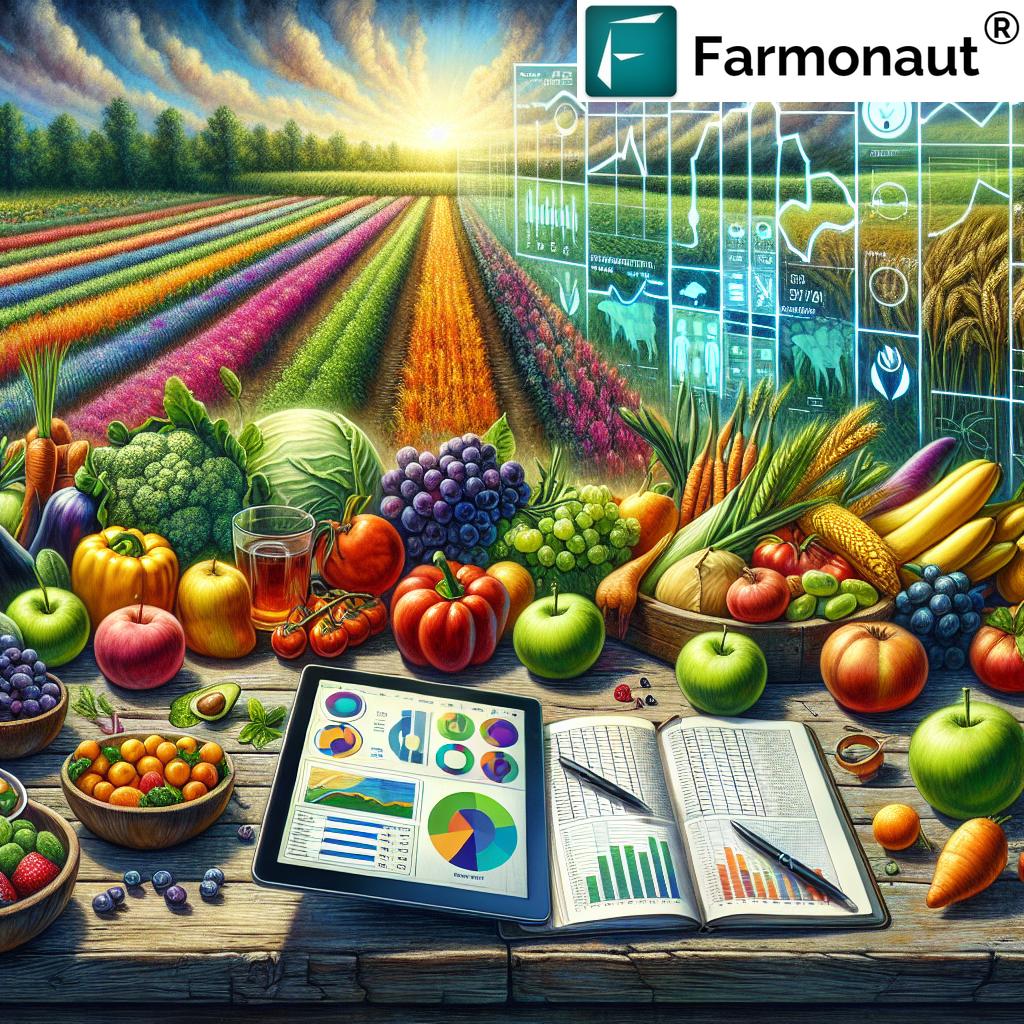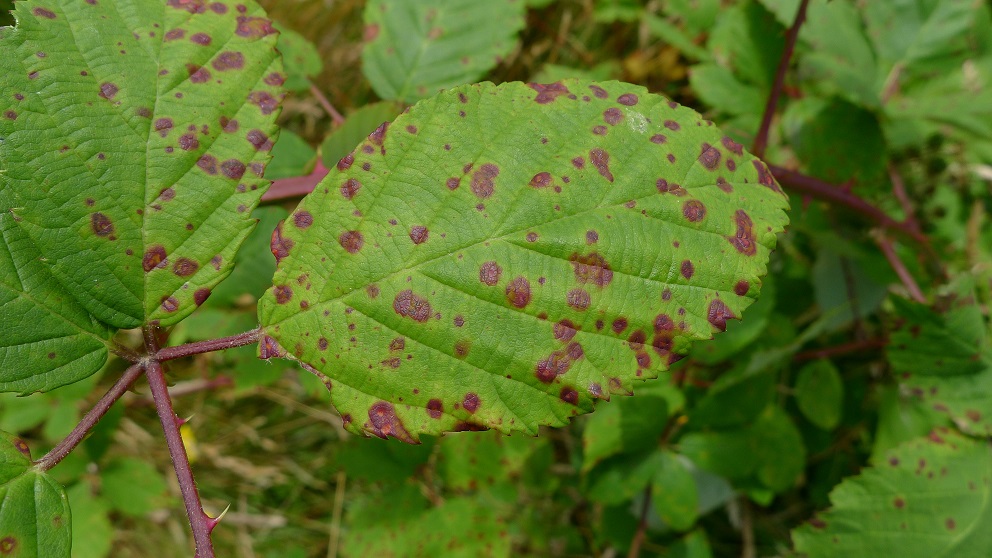10 Sustainable Farming Practices That Will Shock You!
Table of Contents
- Introduction to Sustainable Farming Practices
- Trivia: Surprising Effects of Crop Rotation
- 10 Sustainable Farming Practices That Will Shock You!
- 1. Crop Rotation and Diversity
- 2. Cover Cropping for Soil Fertility
- 3. No-Till Farming
- 4. Integrated Pest Management (IPM)
- 5. Agroforestry Systems
- 6. Water Conservation in Agriculture
- 7. Organic Farming Methods
- 8. Permaculture Design
- 9. Precision Agriculture Techniques
- 10. System of Rice Intensification (SRI)
- Comparative Benefits Table
- Benefits of Sustainable Farming Practices
- Challenges and Considerations
- How Farmonaut Empowers Sustainable Agriculture
- FAQ: Sustainable Farming Practices
- Conclusion
Introduction to Sustainable Farming Practices
As we face increasing pressure to feed a growing population while maintaining the health of our soils, water resources, and ecosystems, the importance of sustainable farming practices has become undeniable. At its core, sustainable agriculture includes methods designed to meet our current food and textile needs without compromising the ability of future generations to thrive.
These practices aim to foster environmental health, economic profitability, and social equity. By integrating natural processes with innovative techniques, we can produce abundant, nutritious food while establishing ecological balance. This prevents loss of soil fertility, controls pest problems, and helps maintain resources like clean water and rich biodiversity for all.
Let us discover these key sustainable farming practices, including crop rotation, soil health improvement, water conservation in agriculture, and more, which not only boost yields but also safeguard our environment for the future.
10 Sustainable Farming Practices That Will Shock You!
Below, we explore the most impactful sustainable farming practices that are transforming agriculture globally. Each method not only highlights a solution to environmental or farming challenges, but also offers real potential for improved soil fertility, reduced resource usage, and higher productivity.
1. Crop Rotation and Diversity
One of the oldest yet most surprisingly effective farming practices is crop rotation. By rotating crops—alternating what is grown on a particular field each season—we disrupt pest and disease cycles, enhance soil structure, and naturally replenish nutrients. For instance, nitrogen-fixing legumes (like beans and peas) restore nitrogen levels when alternated with nutrient-demanding cereals (such as wheat or corn).
- Rotating a variety of crops in a specific area prevents nutrient depletion and reduces reliance on chemical fertilizers.
- Crop rotation benefits include improved yields, increased soil health, and minimized erosion.
- This practice supports biodiversity by encouraging a diverse set of plants and beneficial organisms.
By embracing diversity and rotating crops across sequential seasons, we not only reduce pest problems but also lay the foundation for sustainable and resilient farming systems.
2. Cover Cropping for Soil Fertility
Cover cropping involves planting specific crops (like clover or rye) during times when the soil would otherwise be left bare. Cover crops play a vital role in protecting soil health, preventing erosion, and replenishing soil nutrients.
- They build soil fertility by fixing atmospheric nitrogen or increasing organic matter.
- Cover cropping for soil fertility helps suppress weeds, reducing the need for synthetic herbicides.
- They prevent soil loss during heavy rains or wind, keeping valuable nutrients in place.
By integrating cover cropping into our farming systems, we ensure soil health improvement, saving on fertilizers and pesticides while minimizing negative environmental impact.
3. No-Till Farming
No-till farming is a revolutionary practice that involves planting crops without disturbing the soil through plowing or tilling. This method preserves soil structure, increases water retention, and substantially reduces erosion.
- By minimizing disturbance, we protect soil microorganisms and promote natural nutrient cycling.
- No-till systems sequester more carbon in the soil, contributing to climate change mitigation.
- We save on energy costs by reducing field passes and fuel use.
This approach is a cornerstone of sustainable farming practices, optimizing input use while preventing soil health loss and improving resource retention.
4. Integrated Pest Management (IPM)
With integrated pest management (IPM), we combine biological, cultural, physical, and when absolutely necessary, chemical techniques to manage pests effectively. Instead of relying solely on pesticides, we use natural processes and targeted interventions.
- Introducing predator insects or birds can control pest populations naturally.
- Growing pest-resistant crop varieties reduces the likelihood of outbreaks.
- We monitor crops closely, applying pesticides only when necessary, thus reducing chemical use and environmental risk.
IPM embodies a holistic approach to sustainable agriculture, focusing on minimizing inputs and reducing environmental impact while safeguarding yields.
5. Agroforestry Systems
Agroforestry involves the integration of trees and shrubs with our agricultural fields. This system enhances biodiversity, improves soil fertility, and offers additional sources of income.
- Interplanting trees provides shade, reduces erosion, and enriches soil organic matter.
- Biodiverse agroforestry systems attract pollinators and beneficial insects, naturally supporting plant health.
- Products such as fruits, nuts, and even timber can diversify farm income and increase sustainability.
By merging tree crops with our existing plantings, we create resilient ecosystems that offer year-round benefits to our land, food systems, and livelihoods.
6. Water Conservation in Agriculture
Our survival depends on efficient water use. Water conservation techniques like drip irrigation and rainwater harvesting are critical sustainable farming practices.
- Drip irrigation ensures water is delivered directly to roots, significantly minimizing evaporation and runoff.
- Rainwater harvesting collects and stores seasonal rainfall, reducing reliance on external water supplies.
- Moisture management maintains soil hydration, supporting robust plant growth, even during droughts.
By adopting these techniques, we can reduce water use per hectare, ensure efficient irrigation, and protect the environment from water-related stress.
Enhance Water Management with Technology
For advanced monitoring and efficient water management, Farmonaut provides satellite-based insights into soil moisture levels and real-time crop needs. Our solutions empower farmers to make timely irrigation decisions—discover how carbon footprint tracking aligns with environmental responsibility.
7. Organic Farming Methods
Organic farming forgoes synthetic fertilizers and pesticides, harnessing only natural processes to nurture crops. This method is at the heart of the sustainable agriculture movement.
- Composting and green manures restore soil fertility and structure.
- Biological pest control utilizes beneficial organisms instead of chemicals, protecting biodiversity and pollinators.
- Organic methods reduce pollution, boost soil health, and maintain ecosystem integrity.
Organic farming methods are not just better for the planet; they also enhance the nutrient density and natural flavor of our food.
8. Permaculture Design
Permaculture design is a holistic philosophy and practical approach, focused on designing agricultural systems that mimic natural ecosystems.
- Permaculture integrates crops, livestock, water systems, and buildings in a way that each element supports and protects the others.
- By establishing ecological balance, we naturally prevent soil fertility loss and combat pest problems without synthetic inputs.
- Permaculture systems provide for our food, water, shelter, and even energy needs—ensuring true sustainability.
Embracing permaculture principles yields long-term resilience, reducing resource waste and replenishing the land for future generations.
9. Precision Agriculture Techniques
Precision agriculture techniques, fueled by satellite and sensor data, revolutionize how we manage crops, soil, and inputs.
- GPS and remote sensing allow for the targeted application of water, fertilizers, and pesticides, minimizing waste and environmental harm.
- We monitor crop health in real time, optimizing production while conserving valuable resources.
- This approach not only increases yields but also reduces costs and negative ecological impact.
Farmonaut’s advanced technology—as offered in its farm management solutions—places precision farming within reach for all, enabling smarter, data-driven decisions.
API and Developer Access:
Farmonaut Satellite-Weather API |
API Developer Docs
10. System of Rice Intensification (SRI)
The System of Rice Intensification (SRI) is an innovative, resource-efficient methodology aimed to increase rice yields while lowering environmental impact and input costs.
- We plant younger seedlings, reducing plant density for enhanced growth and greater access to nutrients.
- Rather than constant flooding, we use intermittent irrigation, keeping the soil moist but unflooded, saving water and promoting robust root systems.
- SRI increases overall yields per hectare and improves soil resilience—without synthetic chemicals.
By adopting SRI, we maximize productivity and conserve key resources.
Comparative Benefits Table: 10 Sustainable Farming Practices
| Farming Practice | Estimated Yield Improvement (%) | Water Saved per Hectare (L/year, est.) | Soil Health Benefit | Environmental Impact Reduction (%) |
|---|---|---|---|---|
| Crop Rotation and Diversity | 10–25 | 5,000 | High | 20–40 |
| Cover Cropping for Soil Fertility | 8–15 | 8,000 | High | 30–50 |
| No-Till Farming | 5–12 | 10,000 | High | 20–35 |
| Integrated Pest Management (IPM) | 7–15 | 2,000 | Medium | 25–45 |
| Agroforestry Systems | 12–30 | 12,000 | High | 35–55 |
| Water Conservation Techniques | 5–10 | 15,000+ | Medium | 55–70 |
| Organic Farming Methods | 5–15 | 5,000 | High | 30–50 |
| Permaculture Design | 7–18 | 8,000 | High | 35–60 |
| Precision Agriculture | 10–25 | 10,000+ | Medium | 40–60 |
| System of Rice Intensification (SRI) | 15–40 | 18,000 | Medium | 55–70 |
Benefits of Sustainable Farming Practices
Sustainable farming practices offer a triple bottom line—delivering clear environmental, economic, and social value. Let’s break down the key benefits for farmers, communities, and our shared planet:
-
Environmental Health:
- Soil health improvement—practices like no-till and cover cropping increase organic matter, reduce compaction, and make soils more resilient.
- Reduced pollution and input waste—by minimizing synthetic fertilizers and pesticides, we reduce runoff into rivers and aquifers.
- Biodiversity promotion—with agroforestry systems and crop diversity, more beneficial species thrive, improving pest control and pollination.
- Water conservation—advanced irrigation systems and moisture management protect scarce potable water.
- Reduced erosion—healthy, covered soil is held in place, reducing land loss and dust storms.
-
Economic Profitability:
- Lower input costs—sustainable practices cut reliance on external fertilizers, pesticides, and purchased water.
- New revenue sources—trees in agroforestry boost on-farm income with timber, fruits, gums, and honey.
- Improved yield stability—rotations and soil-building methods lead to steadier, more resilient harvests.
- Access to premium markets—organic and sustainably-grown products can command premium prices and meet certification standards.
-
Social Equity:
- Empowering smallholders and women—resource-efficient practices lower barriers for resource-poor farmers.
- Community education and food security—sustainable techniques build skills and ensure steady food availability for all.
- Healthier food—reduced chemical residues and improved nutrition profiles benefit consumers and farmworkers alike.
With Farmonaut’s blockchain-based traceability, these environmental and economic gains are not just claimed—they’re measurable, verifiable, and trusted by consumers and supply chain partners.
Challenges and Considerations in Sustainable Agriculture
The adoption of sustainable farming practices isn’t without challenges:
- Transitioning Costs: Moving from conventional to sustainable methods often requires up-front investments (e.g., for new equipment, seeds, or training) and a willingness to learn.
- Access to Knowledge and Technology: Some farmers may need education on crop rotation benefits, cover cropping, or efficient irrigation. Reliable, affordable access to precision agriculture technology has until recently been a barrier.
- Market and Policy Barriers: Traditional agriculture often receives more policy support, subsidies, and market access, making it harder for sustainable products to compete. Changes in policies, consumer preferences, and certification standards can have a large impact.
- Weather and Resource Uncertainty: As climate change reshapes rainfall patterns and increases risks of pests and disease, flexibility and timely information become critical.
Farmonaut directly addresses many of these challenges—providing accessible farm management tools, real-time AI-based advisory, and subscription-based affordability to help farmers transition smoothly toward sustainable, higher-yield methods.
Subscription Options for Every Farmer
Unlock professional-grade precision agriculture:
How Farmonaut Empowers Sustainable Agriculture
At Farmonaut, our mission is to make precision agriculture accessible to farmers of all sizes and backgrounds. Here’s how our solutions help overcome challenges and advance sustainable farming practices worldwide:
- Crop Health Monitoring (NDVI): Our satellite-based tools track vegetation and soil health—enabling timely decisions for irrigation, fertilizers, and pest management.
- AI-Based Advisory (Jeevn AI): With personalized recommendations on crop management and weather, we optimize farm operations and reduce unnecessary input use.
- Blockchain-Based Traceability: Track the full lifecycle and origin of agricultural products, boosting consumer trust while preventing fraud. Learn how with Farmonaut’s Traceability.
- Fleet and Resource Management: Save energy and operational costs with our intelligent fleet management—see Fleet Management solutions.
- Carbon Footprinting: Measure and reduce environmental impact—align your farm with global sustainability standards. More info at: Farmonaut Carbon Footprinting
- Crop Loan & Insurance Verification: Satellite-based land assessment makes claims and loan approvals transparent and quick— explore Farmonaut Crop Loan & Insurance solutions.
Whether you’re an individual farmer, agribusiness, government agency, or corporate supply chain manager, our Farmonaut apps and web tools deliver affordable, user-friendly access to the newest tools in sustainable farming.
Ready to take the next step? Download or access Farmonaut today!
FAQ: Sustainable Farming Practices
What are sustainable farming practices?
Sustainable farming practices are agricultural methods that meet present needs while ensuring that soil, water, and biodiversity are preserved for the future. They aim to balance economic profitability, environmental health, and social equity.
How does crop rotation benefit soil health?
Crop rotation breaks pest and disease cycles, prevents nutrient depletion, and improves soil structure. Alternating crops, especially legumes and cereals, helps replenish soil nutrients naturally.
What is the difference between organic and conventional farming?
Organic farming methods avoid synthetic chemicals and rely on natural processes such as composting and green manures, while conventional farming often uses synthetic fertilizers and pesticides for faster, but less sustainable, results.
How does precision agriculture help reduce environmental impact?
Precision agriculture techniques use data to optimize the application of inputs—like water, fertilizers, and pesticides—so resources aren’t wasted, environmental damage is minimized, and yields are maximized.
Can sustainable practices increase farm profitability?
Yes. By reducing input costs, opening up new income streams (like those from agroforestry), and qualifying for premium or certified markets, farmers often see improved profitability over time.
Are these practices suitable for smallholder farmers?
Absolutely. Many sustainable farming practices, such as cover cropping, IPM, and permaculture design, are scale-neutral and can empower smallholders to achieve better results with fewer resources.
Conclusion
Sustainable farming practices are no longer optional; they are a necessity to ensure food security, protect our soil and water resources, and shield farms from climate uncertainties. By rotating crops, enhancing soil health through innovative methods, adopting organic farming, deploying precision agriculture, and choosing techniques tailored to our local needs, we lay the groundwork for productive, resilient, and profitable agriculture.
With the support of technology platforms like Farmonaut, access to real-time crop and resource insights is easier than ever. Our shared journey toward sustainable farming meets today’s food demands, supports rural communities, preserves the environment, and ensures a thriving agricultural future for generations to come.
Let’s embrace and champion sustainable agriculture—because the actions we take on our land today will shape the health and abundance of tomorrow.



